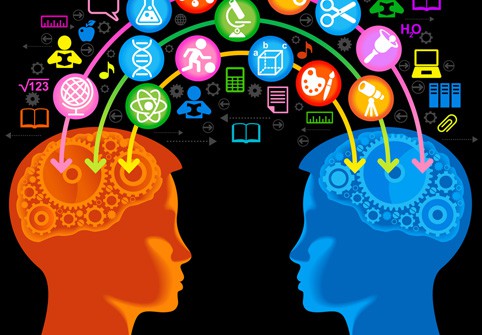Digital Learning Now! Releases Competency Education Paper

‘The Shift From Cohorts to Competency’ Outlines Leadership, Systems and Design for Successful Competency-Based Learning Implementation
Seattle, Wash., January 30, 2013 – Digital Learning Now! (DLN) today released “The Shift From Cohorts to Competency,” the fourth DLN Smart Series white paper in collaboration with Getting Smart®, that explores the shift from seat time to demonstrated mastery. For generations students have been passed from grade to grade without mastering foundational skills. Other students are held restricted to grade-level work that is too easy or previously-mastered. This paper outlines how schools and districts can ensure every student gains the necessary skills to graduate college and career ready by shifting to competency-based education.
Demonstrations of competency are often required to demonstrate learning outside of the K-12 classroom– driver’s licensure, professional certifications, doctoral degrees, legal training, and more. The authors, John Bailey, executive director of DLN; Carri Schneider, director of policy and research at Getting Smart; Chris Sturgis, principal of MetisNet; and Tom Vander Ark, executive editor and partner at Getting Smart, propose that today’s education system to be based on similar competency-based principles. Creating ways for students to “show what they know” will empower students across the learning spectrum to advance at their own personalized pace.
“Districts that are committed to equity will find that competency-based learning is the way to go,” said Sturgis. “It is only through competency education that we are going to be able to address our country’s graduation crisis.”
“The use of technology in a competency-based education system provides a personalized education experience that accurately assesses learning gains while engaging students through their own interests, increasing the chances of success for all students,” said Bailey.
Coupled with technology, competency education bring personalized learning to scale with an ever-expanding set of tools to customize learning. The authors discuss the ways in which the shift from cohorts (students grouped by age and grade level) to competency (students moving individually according to demonstrations of proficiency or mastery) can improve student achievement and school performance through an in-depth exploration of frequently asked questions, roles of leadership, and key systemic and design changes.
“A competency-based system frees up students to learn at their own pace and according to their own needs,” said Schneider. “Competency education is the ultimate path to personalization.”
“The idea economy is requiring a higher level of preparation for all students, which means mastering critical skills,” said Vander Ark. “A ‘show what you know’ sytem will ensure that all students get the time and attention they need to leave high school prepared for college and careers.”
Download the full paper and learn more at digitallearningnow.com/dln-smart-series. Join the conversation on Twitter with the hashtags #SmartSeries and #DigLN. DLN is also active on Facebook at facebook.com/DigitalLearningNow and Twitter at @DigLearningNow.
Digital Learning Now! is a Getting Smart Advocacy Partner.



0 Comments
Leave a Comment
Your email address will not be published. All fields are required.